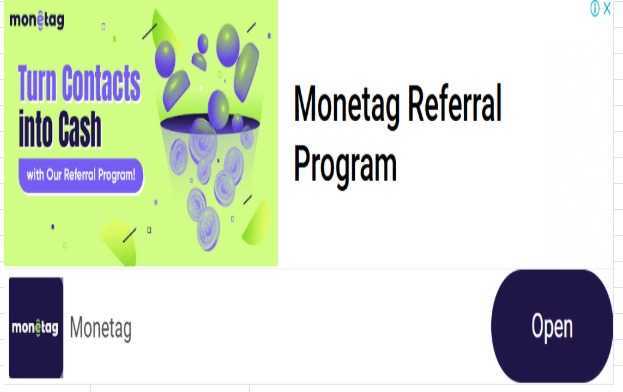A System for Value Delivery” that is suitable for audiences interested in project management, business value, and organizational success:
PMBOK: A System for Value Delivery
In today’s fast-paced business environment, project management is no longer just about completing tasks on time and within budget. It’s about delivering value — tangible benefits that support an organization’s strategic objectives. The Project Management Body of Knowledge (PMBOK® Guide) recognizes this shift and defines a project not only by its deliverables, but also by the value it creates.
What Is “A System for Value Delivery”?
The PMBOK Guide, 7th Edition, introduces a more holistic and systems-oriented view of project management. One of its core components is the concept of “A System for Value Delivery.”
This is not a single methodology or tool, but rather a mindset and framework where:
- Projects exist to deliver value.
- Value is defined by stakeholders.
- Organizations operate through interconnected systems, where projects, programs, and portfolios contribute to broader goals.
In essence, every project is a means to an end — that end being value creation, whether it’s financial, social, environmental, or customer satisfaction.
Key Elements of the System for Value Delivery
1. Organizational Governance
This includes policies, procedures, and structures that align project efforts with strategic goals. Governance helps ensure that value creation is prioritized throughout the project lifecycle.
2. Portfolios, Programs, and Projects
These are not isolated efforts. Instead, they work together:
- Portfolios align with strategic priorities.
- Programs group related projects to achieve synergy.
- Projects are tactical efforts aimed at delivering specific outputs and outcomes.
3. Product and Project Life Cycles
The system acknowledges that value is not just delivered when a project ends, but often continues (or evolves) throughout the product lifecycle. Understanding both the project and product perspective is essential to ensure sustained value.
4. Value Delivery Landscape
This refers to the internal and external environments in which the organization operates. Market dynamics, regulations, and stakeholder expectations influence how value is perceived and delivered.
Shifting Focus: From Outputs to Outcomes
Traditionally, success was measured by outputs: “Did we deliver the product on time?” Now, PMBOK encourages organizations to look deeper:
- Did the product solve the problem?
- Did it improve customer satisfaction or efficiency?
- Did it align with strategic goals?
This change in perspective aligns with modern Agile and Lean approaches that emphasize continuous value delivery and customer feedback loops.
How Project Managers Can Support Value Delivery
Understand Stakeholder Needs – Constantly engage with stakeholders to ensure the project is on the right path to delivering value.
Embrace Flexibility – Be open to change. Value may shift as market needs evolve.
Think Strategically – Look beyond the project’s immediate scope. Consider how your work contributes to long-term organizational goals.
Measure What Matters – Define success in terms of value realized, not just tasks completed.
Final Thoughts
The PMBOK’s concept of a “System for Value Delivery” reflects a fundamental evolution in project management. It’s a call for project leaders to become value champions, not just process managers. By aligning project efforts with strategic outcomes and focusing on delivering real, measurable benefits, organizations can thrive in a complex and ever-changing world.
In the end, it’s not just about doing projects right — it’s about doing the right projects and ensuring they deliver value that lasts.


